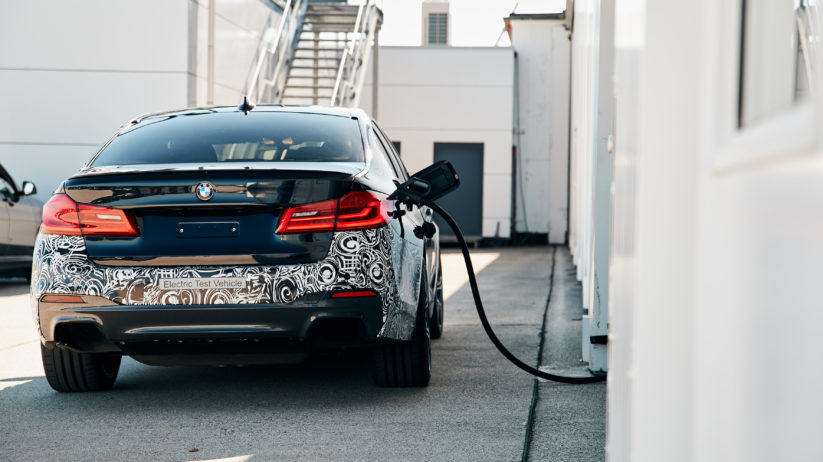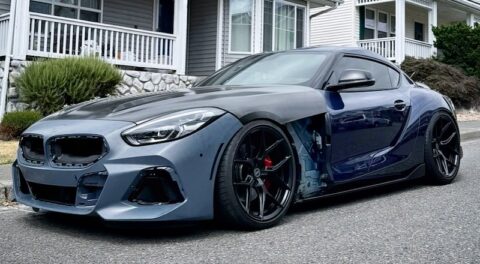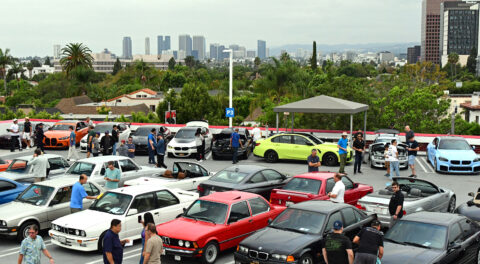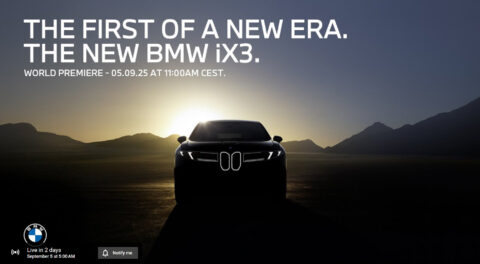BMW—and practically every other automaker—is turning to electric vehicles to meet fleet emission standards required by regulatory agencies in the European Union, the United States, and others. A couple of years ago, BMW promised 25 new electrified models by 2025, with at least twelve of them being pure battery electric vehicles. Now the company is moving the target year to 2023. Perhaps BMW knows that its only hope of meeting stricter corporate emissions and fuel mileage standards is with more electric vehicles (EVs). Previously, diesel BMWs helped keep BMW’s fleet emissions down, but with the falloff in diesel sales in Europe and BMW’s decision to end diesel sales in the U.S., EVs seem to be the company’s only hope in avoiding billions in fines when the newer standards kick in.
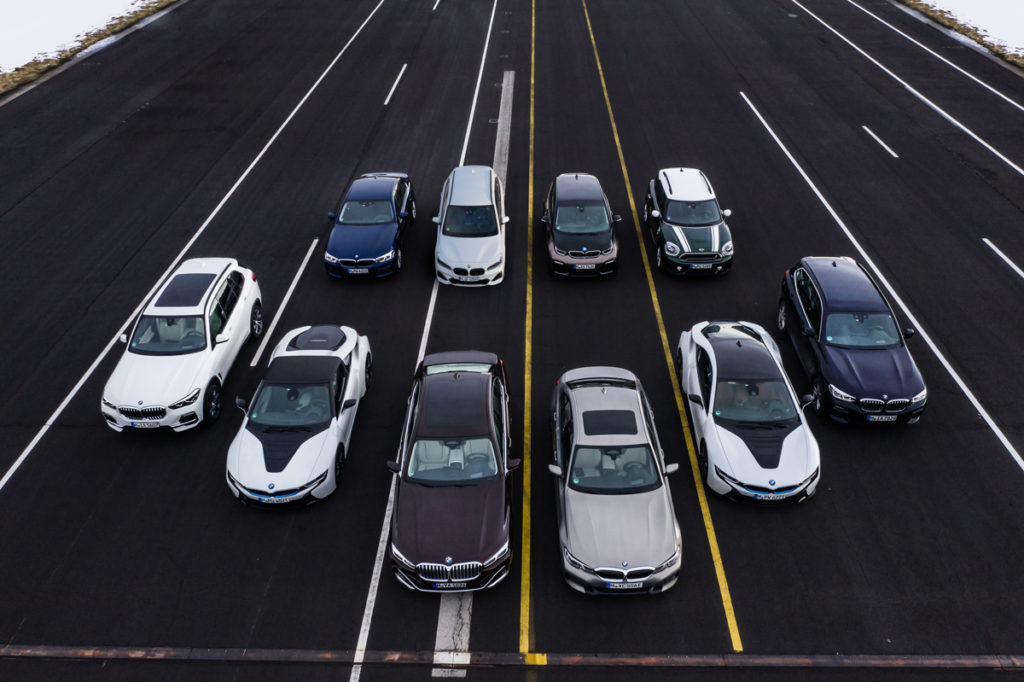
Current electrified BMWs: all plug-in hybrids except the i3 BEV.
If you thought BMW’s onslaught of electrified vehicles was due to worldwide customer demand, think again. In most places, the primary drivers of EV development are government mandates and regulatory emission standards. But don’t take my word for it. Listen to someone who knows a lot more about global auto demand than me: As BMW AG Board of Management member for research Klaus Fröhlich stated in an interview with Motoring.com.au earlier this year, “There is no customer request for battery-electric vehicles. There are regulator requests for battery-electric vehicles.” Simply put, agencies in the EU, U.S., and other countries are setting corporate emission standards so low that only large-scale production of electrified vehicles will enable automakers to meet them.
That’s not necessarily a bad thing, but it’s not automatically a good thing, either, depending on what you want from a car.
Drivers who consider their BMWs simply as transportation may have an easier transition to electric vehicles, especially if they rarely travel long distances. I don’t fall into that category.
My branch of the BMW enthusiast family requires cars that feel and drive like BMWs, have good performance, handle very well, are at home on the track or in the Costco parking lot, and do the cross-country thing quickly, efficiently, reliably, and comfortably. Of the Bimmers I have owned, my vote for the best all-around BMW is the E36 M3, a car with which I have accomplished multiple trips across the country, more driving schools than I can remember, a bunch of BMW CCA club races, two One Lap of America events and many trips to the grocery store, all at an exceptionally reasonable price point. It cost $35,800 in 1995.
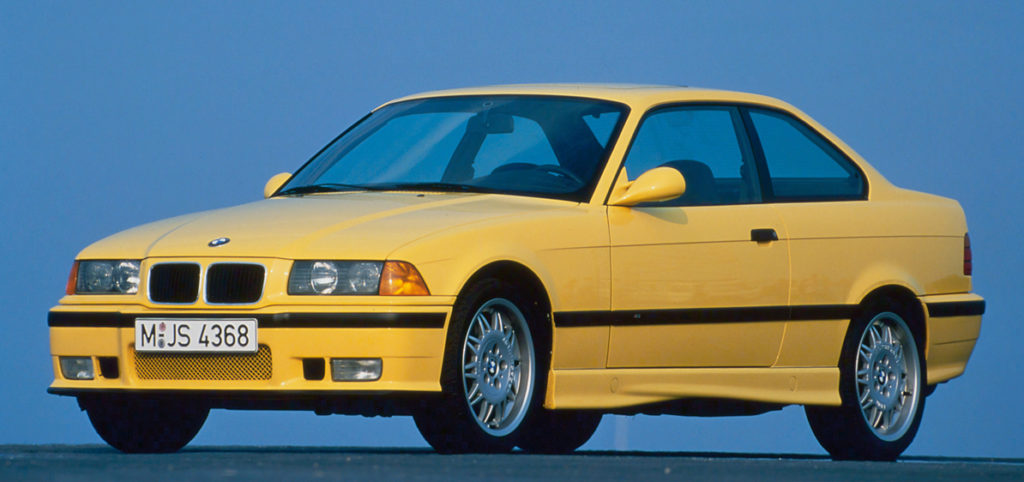
The E36 M3 does it all and does it well.
The spiritual successor to the E36 M3 is, in my opinion, the current M2 coupe. Its base price is $58,900, twenty grand more than the E36, but still reasonable when you consider what you get for the money.
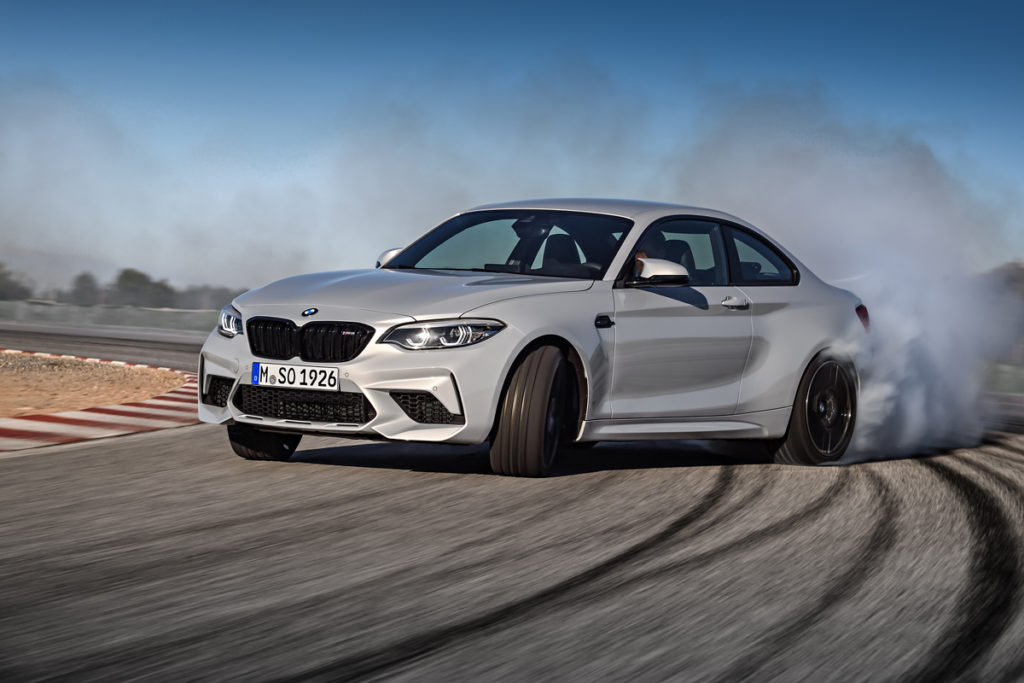
The M2 Competition. Will EVs ever be this much fun?
When will BMW produce the EV that will do what the M3 did in 1995 and the M2 does today: provide a thrilling BMW driving experience at a reasonable cost and oh, by the way, can be completely recharged in ten minutes?
I’m no soothsayer, but I predict that in what’s left of my lifetime, BMW will not sell me a new electric vehicle that I can drive the 1,100 miles from Kansas City to upstate New York, stopping only once on the Ohio–Indiana border for a ten-minute full battery recharge. If BMW ever does build an electric vehicle with the same range and towing ability of the latest diesel X5, I’d consider it, but I don’t think it’s going to happen.
This is the price we will pay for zero-emission driving. I’d feel better about it if there were actually such a thing as zero-emission driving. Yes, battery-electric vehicles emit no pollutants when they are operated, but there are plenty of emissions wherever the electricity is being generated, or the coal or natural gas to fuel the powerplants is being mined or drilled, or at the plants manufacturing vehicle components.
I do like the fact that BMW has been an industry leader in reducing the use of carbon-based fuel to operate its manufacturing plants. The factory in Washington State that made the carbon-fiber filaments used in the i3 and i8 operates on hydroelectric power. The BMW plant in Leipzig that builds the i3 and i8 runs mainly on wind and solar energy. Unfortunately, since wind-powered clipper ships went out of fashion in the 19th century, there really isn’t a way to transport the carbon fiber from the Pacific Northwest to Germany without using diesel, liquid natural gas, or jet fuel.
We know that EVs can be fast. Porsche’s pure-electric Taycan recently lapped the Nordschleife in under eight minutes. Then Tesla sent a nonproduction Model S to beat the Taycan EV’s lap time. But what haunts me is the battery range and recharging time.
When BMW introduced the i3 in 2013, its range was about 80 miles. The newest i3 is rated for just over 150 miles. The BMW iNext coming in 2021 is reported to have a 300- to 400-mile range. The original Tesla Roadster could go 240 miles between charges on a good day, while the current Tesla S range is consistently reported to be over 350 miles.
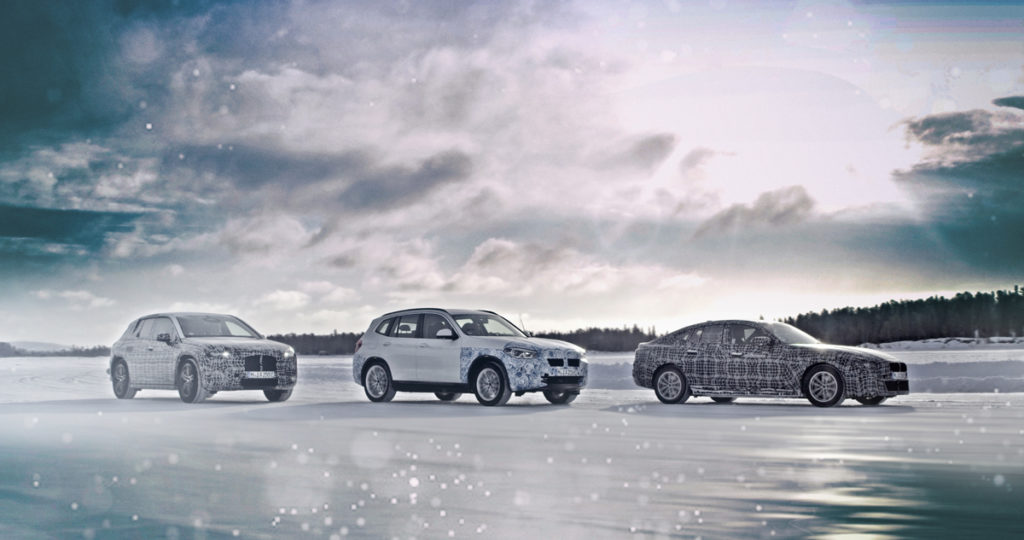
BMW’s electrified future: iNext, iX3, i4.
A 300- to 400-mile range sounds like a lot, but seriously, I would only be comfortable with that if I was driving the car around town, where I knew that each night it would cozy up to a charger in my garage. For long-distance driving, I would not be crazy about 300 to 400 miles, or even a guaranteed 400-mile range, for that matter.
Call it range anxiety, but the problem is not the range of the car; it’s the location of suitable charging stations, how many cars are lined up to use them, and how long it takes to bring the car’s batteries back to its full range.
Let’s say you’re cruising cross-country in your Tesla Model S or BMW iNext with a 400-mile range. Would you drive 350 miles or more before looking for a station? If it were me, not knowing if my planned charging station had a two-hour line or even worse, an “out-of-order” sign taped to it (and I have seen those), I probably would start looking for charging stations after going 250 miles or so, hoping I would find one by 300 miles to give myself plenty of cushion. After all, if you run out of juice, it’s not like you can walk to the nearest station and return with a bucket of electrons. So my 400-mile range is now a 250- to 300-mile range. Perhaps a 500-mile EV range might reduce my anxiety, but then there’s still the time it takes to recharge.
A year and a half ago a Swiss company announced a fast charger that could fill an EV’s high voltage battery in eight minutes with enough power to go another 120 miles. That’s fine, except I’m barely settled into my seat in 120 miles. When battery technology and the infrastructure can give me a full battery charge in ten minutes or less, then I may be impressed enough to voluntarily go the battery-electric vehicle route.
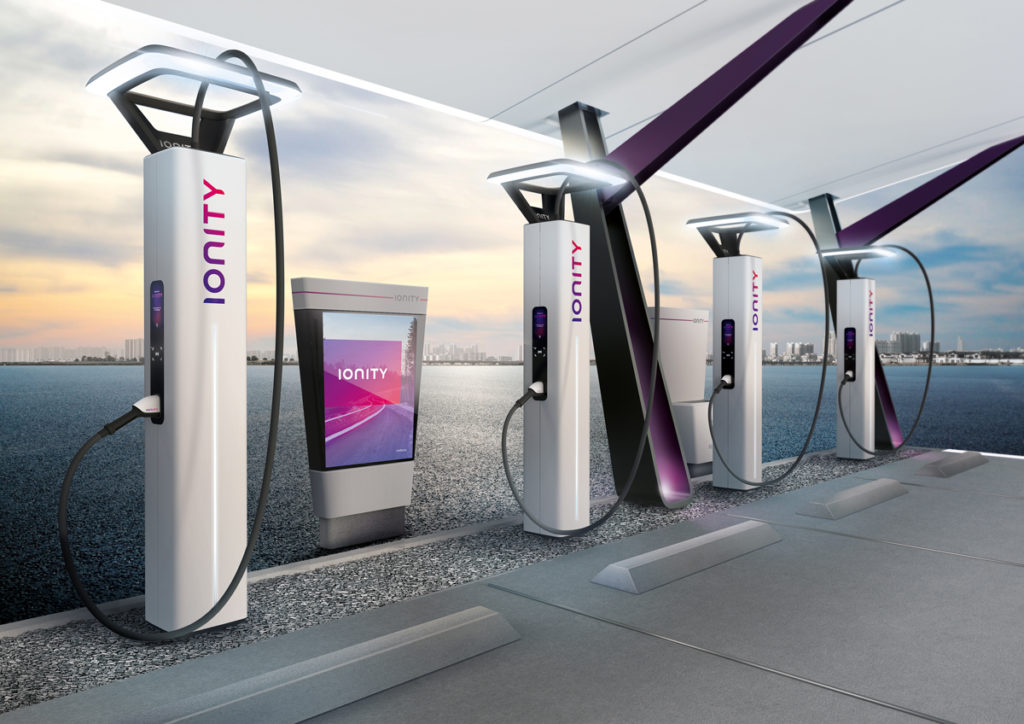
Future filling stations?
Until then I prefer vehicles with very long ranges, very short refueling times, excellent performance, great handling, and a comfortable interior. Unless I’m mistaken, I think there are enough of us out there—and will be for quite a while—to give BMW a reason to keep making the kind of cars that made it famous—and let the EV buyers help keep BMW’s corporate emissions down where they need to be.—Scott Blazey
[Photos courtesy BMW AG.]

